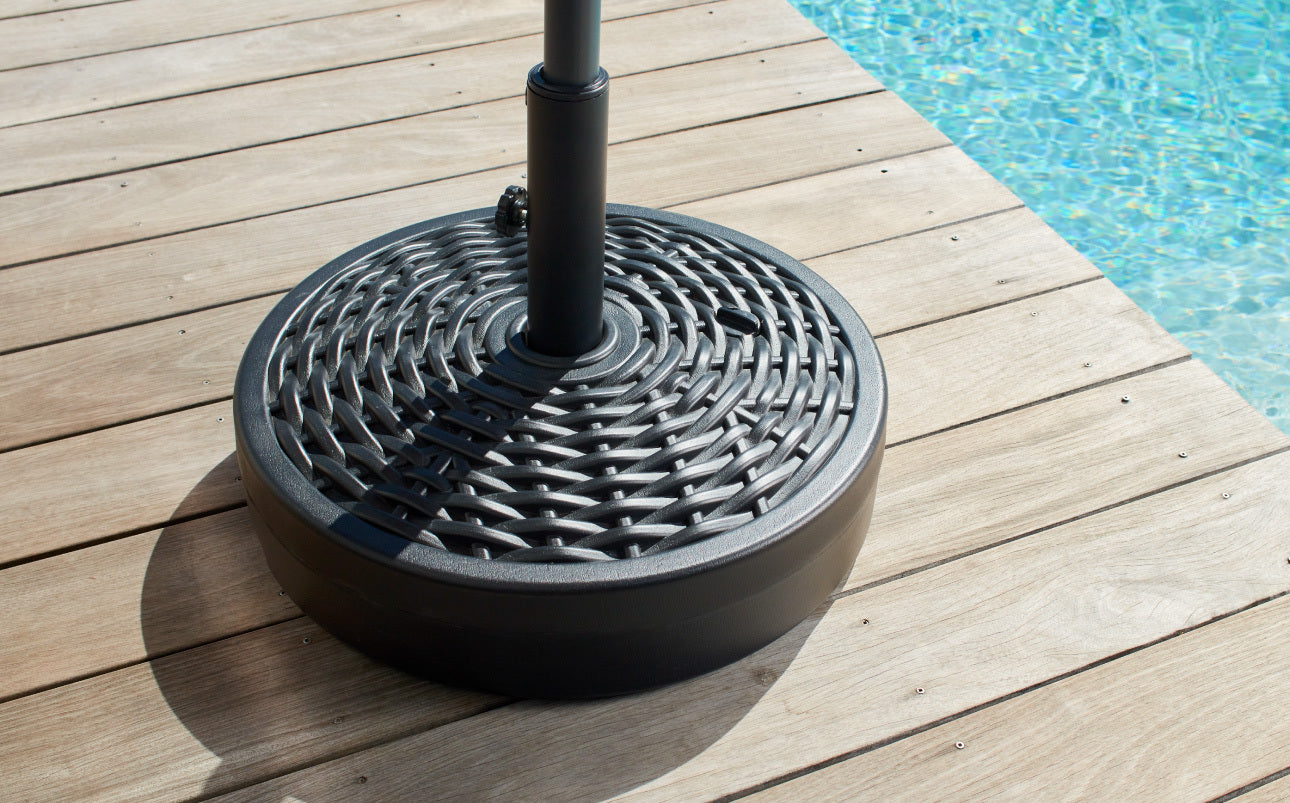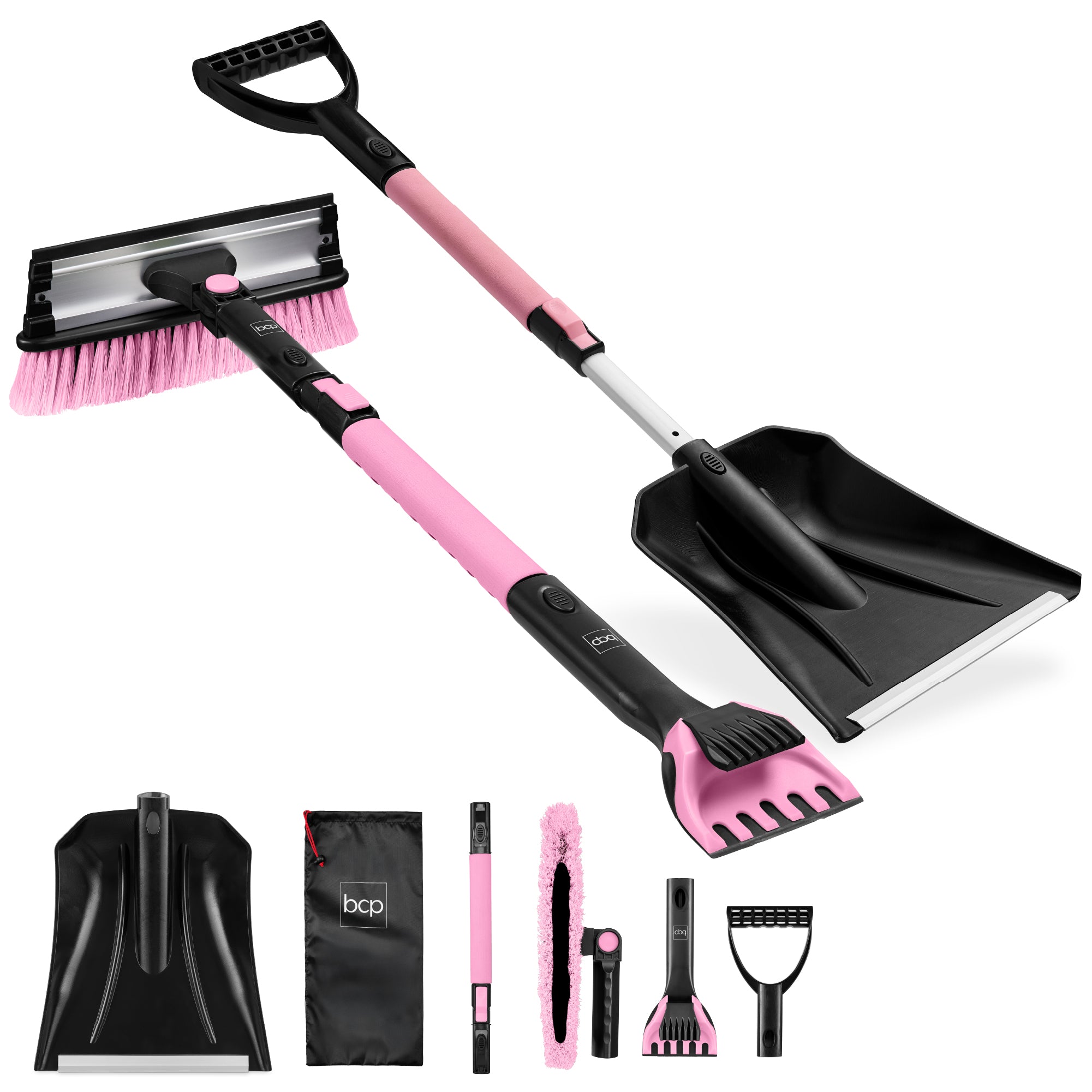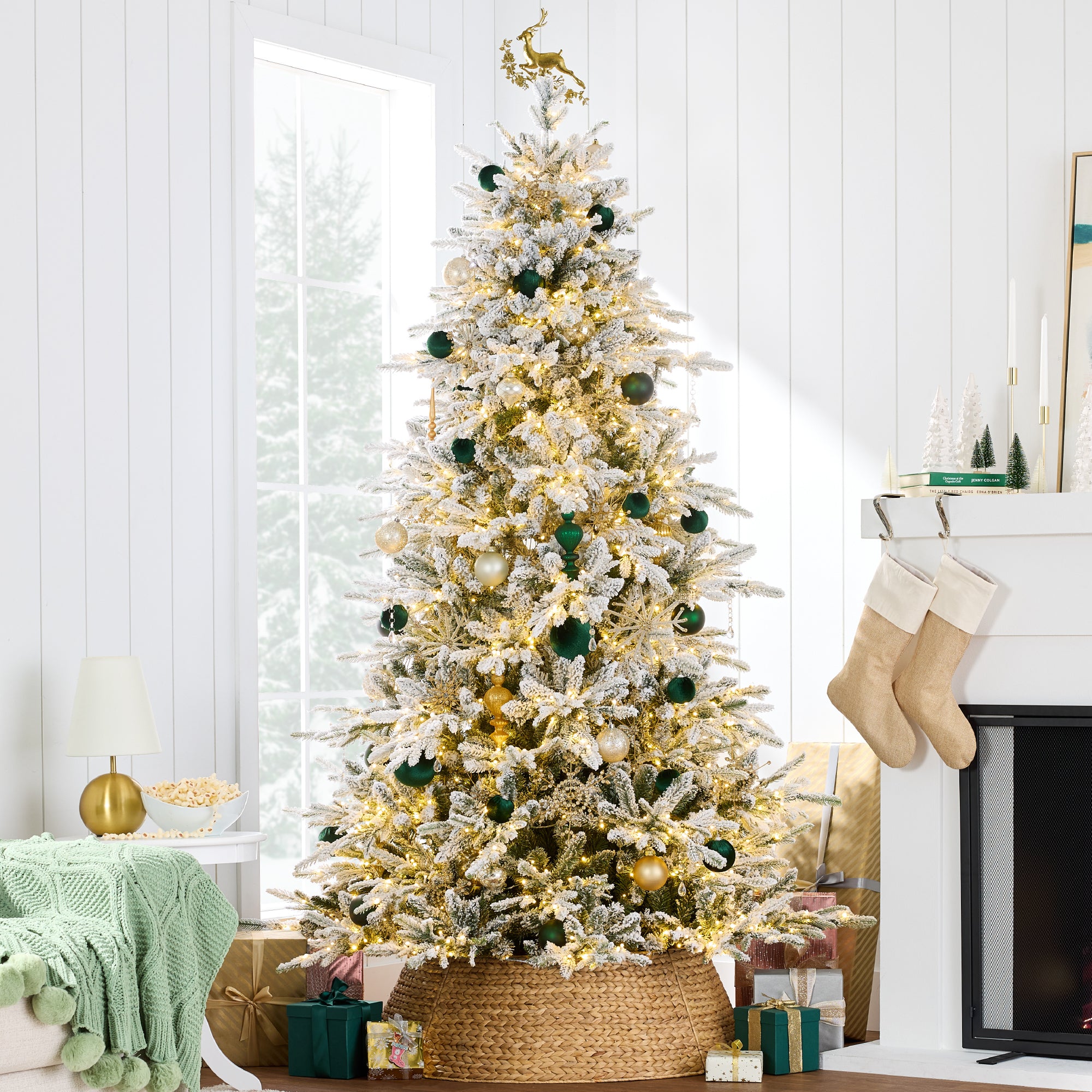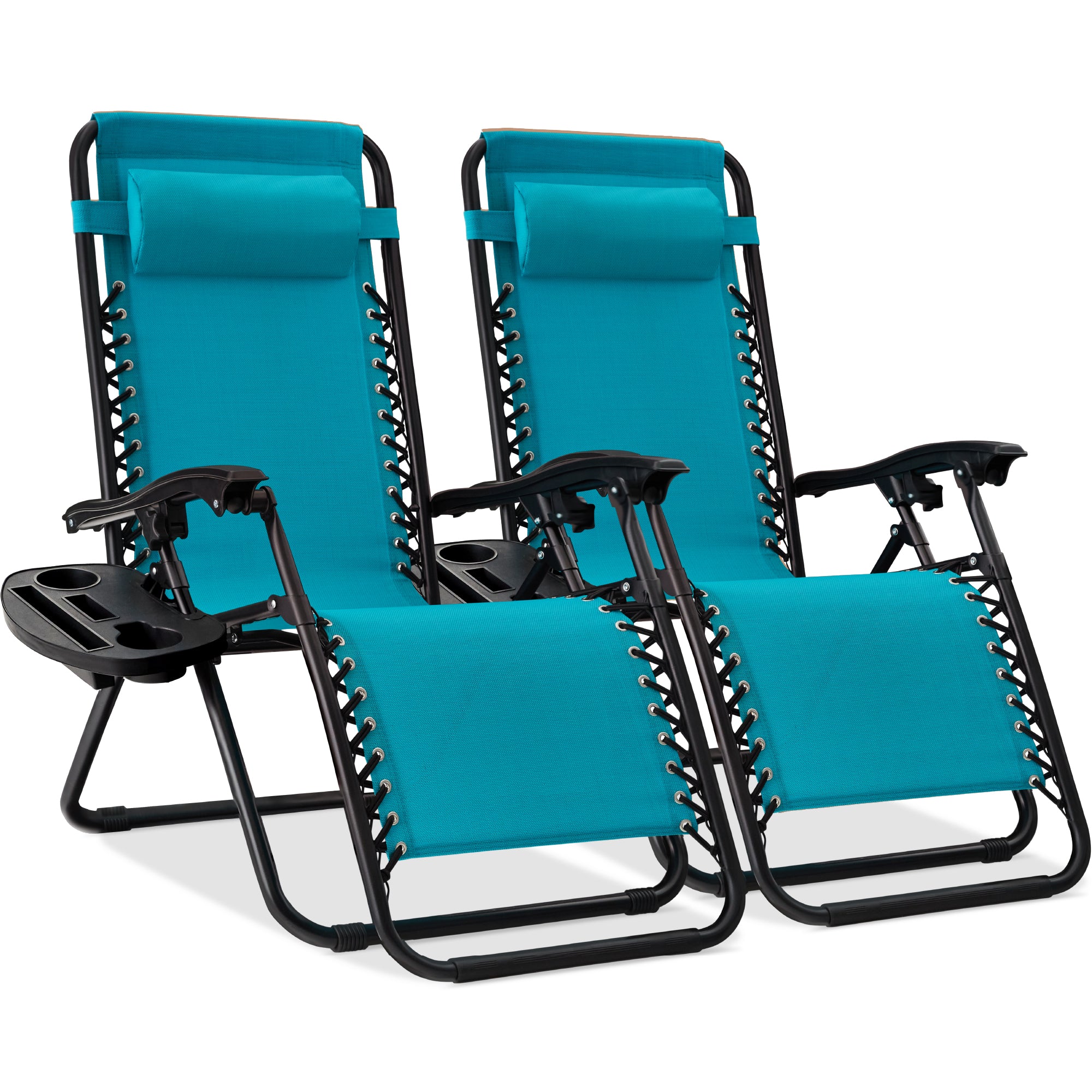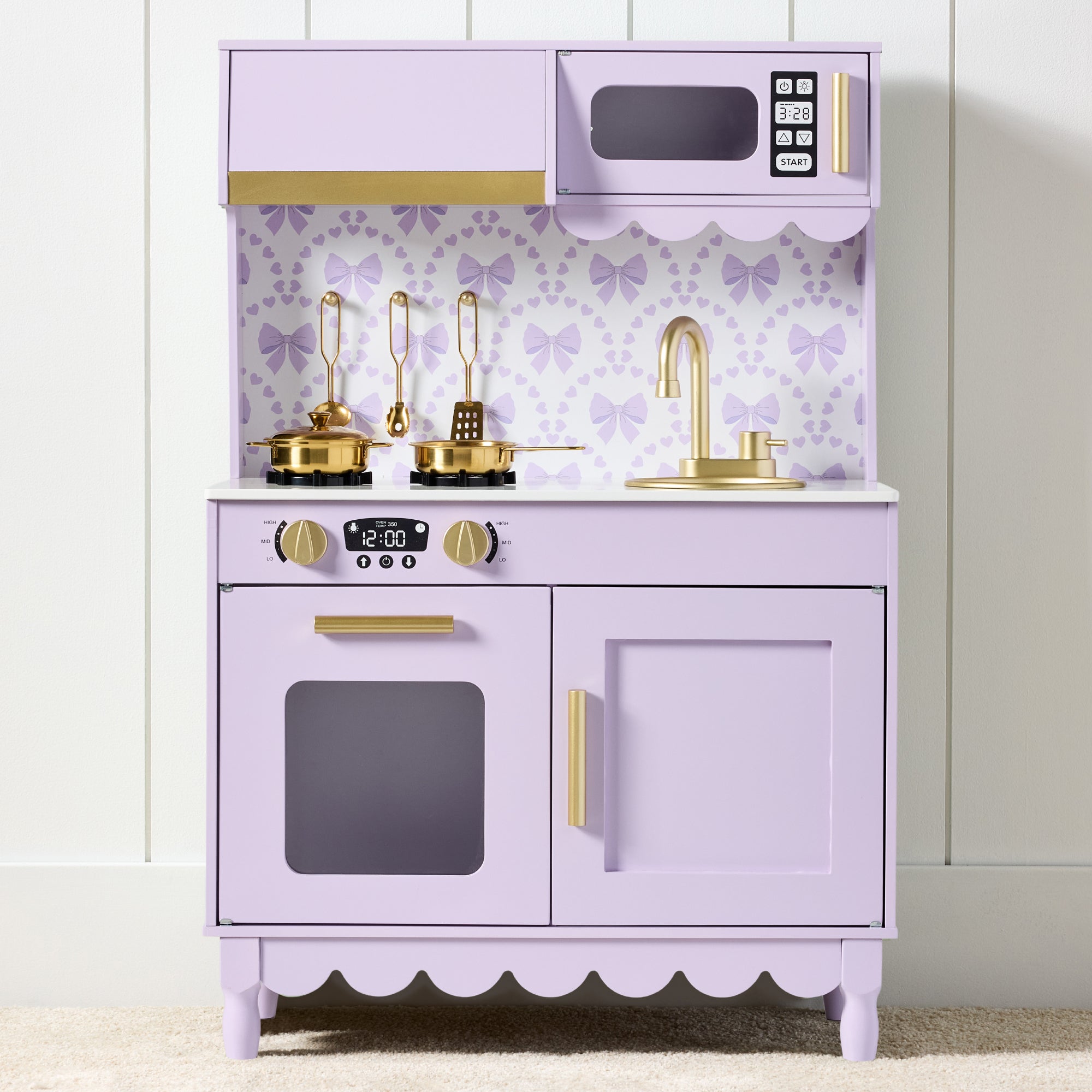The heat is turning up to ten and it’s time to turn your patio décor up to 11! So, what makes a perfect summer day? Cool drinks, comfortable seating, and plenty of shade. At BCP, we just so happen to be experts in that last one, but dozens of umbrellas won’t do you any good without the right base!
Umbrella bases are one of those niche items you don’t pay much attention to, but that’s what makes shopping for them so fun! Umbrella bases now come in a variety of shapes, sizes, and utilities. We focus on some chief areas when developing our bases:
There are dozens of umbrella styles, and the right base isn’t an easy find. Fixed, mobile, or fillable? How heavy should it be? What’s the pole diameter? Bushings, what they are and why you need them? These are all factors to consider before you choose a base. It may seem complicated but trust us when we say we have done a lot of the work for you already! Let’s start with the type of base.

Coming back to the pillar of versatility, there’s nothing more convenient than the ability to just pick up a garden fixture and go! To this end we have created a line of mobile umbrella bases; each one features a set of high-density wheels for rougher terrain, and locks for security. The benefits to a rolling base are obvious; if you’d like to go elsewhere to relax, you can save your back and roll it along. Because they’re designed to move, these bases also add a level of modularity to any outdoor set up. There are drawbacks however, namely that they can get away from you. You may forget to set the locks, we’ve all done it, and send them crashing on a windy day, damaging your umbrella.
It’s scenarios like this that draw people to the traditional fixed base. Most of our fixed bases use a rigid plastic shell, filled with a solid ballast like dried concrete. While this base is more difficult to move, you can rest assured, it’s not going anywhere! These bases are also extremely durable, resisting impact and acting as a firm anchor for your personal relaxation space in the garden. The biggest drawback to these is their weight. Bases like these tend to be 80lbs on the lighter side, and it can be a long way from the front porch to the backyard.
Before you start thinking that you must choose one or the other, we have a way to compromise! Combine the versatility of movement with the reliability of ballast using fillable bases! This is where things get creative; we design artful shells with unique shapes and motifs that are ready to be filled with your choice of sand or water. Take advantage of the light weight and choose the ideal spot, then leave the base there and fill it with your choice of ballast. You want to move it? Empty it and get going! This all sounds great but there are a few caveats depending on your ballast. If you live in an area with particularly cold winters, the water can freeze, cracking the plastic and ruining the base for future use. Meanwhile, sand won’t freeze but it is much heavier and harder to dispose of than water. Still, with the right considerations, this type of base can easily be your outdoor shade solution.
So, you know the three styles of umbrella base, now comes the all-important question: how heavy should it be?

When choosing the right base weight, the general rules are: Bigger is better, and the larger the umbrella, the heavier the base. You should also consider where you’ll be using this base. Does it need to fit under a table? Is the area a high traffic one? Will people bump into it or move it around? Is it a wind trap? All these factors can be overcome with a simple mathematic rule. At BCP, we know umbrella math!
Simply take the diameter of your umbrella in feet, then multiply by 10. For example, if you have an umbrella with a 10ft canopy, you need at least 100 pounds of weight to hold it down. A 7.5ft canopy would need a 75-pound base, and so on. To be clear, this is all depends on your specific needs. You could certainly get by with a lighter base, but the larger an umbrella is, the more space there is to gather wind and lift it from the ground. This is important for table umbrellas as well; a weighted base will keep both the furniture and the umbrella safely on the ground. Lastly, never leave an open umbrella unattended; always close the canopy before you walk away to keep it in working condition.


The weight has been figured out and you know what style you want, now we need to know what fits together.

As you can imagine, each umbrella base is built to accommodate a certain range of styles & pole diameters. Trust us, there is nothing more awkward than when you go through all the trouble of choosing the perfect umbrella and base, only for them not to fit together. Style-wise, the most crucial difference to consider is whether you’re going with a market umbrella or an offset one. A market umbrella features a central frame or pole which feeds directly into a weighted base. Meanwhile, an offset umbrella canopy is projected from a base which sits adjacent to the canopy. This is done to provide more space beneath the canopy and better control the shade. It’s also worth noting that while market umbrella bases are smaller and mobile, most offset umbrellas feed into a cross base which is connected to weights or fixed to the ground with stakes. Again, your choice is what matters, but it never hurts to be thorough when selecting your umbrella. So let’s make sure everything fits together.
While most top umbrella brands will provide exact dimensions for each pole, they can be spotty with the bases. That said, there are some key innovations that will make the selection process easier. The first is adjustment knobs. If your base has at least one knob, then any umbrella with a diameter smaller than the receiver has the potential to fit. This comes with one caveat; depending on the material of the pole, you may be subjecting it to extra wear and creating a pivot point for wind to bend it under the right conditions.
The second innovation is bushings. Most bushings are made of high-density plastic; they are simple rings, or sometimes sleeves, that fit into the receiver to tighten the diameter without adding strain on the pole. Keep in mind that bushings work best with at least one adjustment knob. The bushing keeps the orientation upright while the knob adds security. In effect, both tools can do their job while lowering the risk of damage.
Of course, both of these tools are great, but they’re no substitute for simply doing your research and making sure your umbrella pole and base receiver match. When shopping, you also need to consider the diameter, the material of the pole, and what you’ll be using it for.

The weather is changing, the patio season is in full swing, and you deserve every advantage available. When selecting your base, you need to consider the style, the weight & material, and what features and specifications they come with. Whether you choose a market, patio, or offset umbrella, the correct base is waiting for you here at BCP! Use this guide, get shopping, and make the most out of this Spring and Summer!
[carousel name="umbrella-stands-accessories"]


